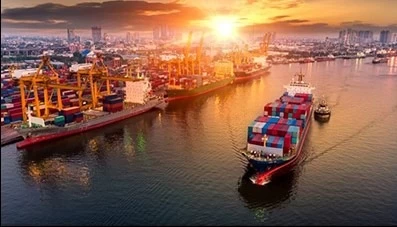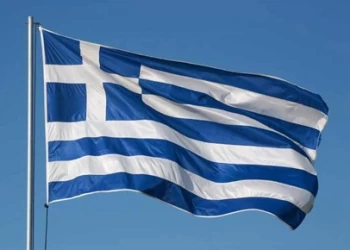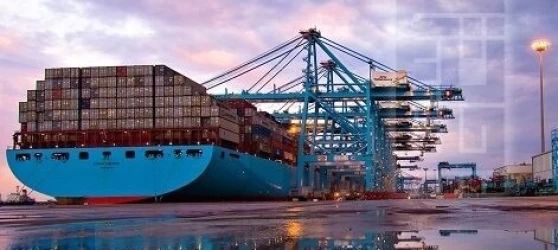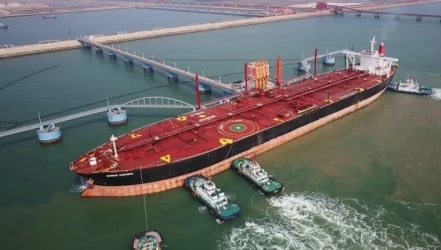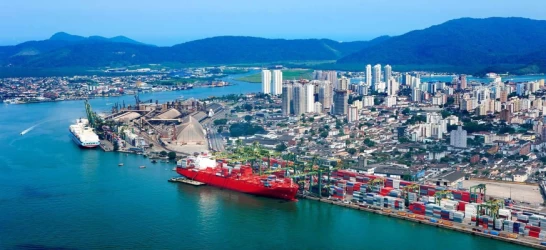Sea freight in Ho Chi Minh port
Maritime transportation plays a pivotal role in the economy of Ho Chi Minh City, Vietnam's largest urban center and a significant hub for trade and commerce in Southeast Asia. The city's maritime infrastructure, primarily centered around the Saigon River and its surrounding ports, facilitates a substantial volume of cargo movement, linking Vietnam to global markets.
Geographic Importance
Ho Chi Minh City is strategically located near the South China Sea, providing it with easy access to major shipping routes. This advantageous position allows the city to serve as a crucial point for both imports and exports, making it a vital node in regional and international maritime transportation networks. The city’s location also makes it a natural entry and exit point for goods moving to and from other parts of Asia and beyond.
Major Ports in Ho Chi Minh City
The city's port facilities are essential for supporting its vibrant economy. Some of the key ports include:
- Cat Lai Terminal: As one of the largest container terminals in the region, Cat Lai handles a significant portion of the city’s containerized cargo. It is equipped with modern facilities and advanced technology to efficiently manage cargo loading and unloading.
- Tan Cang Terminal: Located near the center of the city, Tan Cang specializes in container handling and is strategically important for its proximity to industrial zones and commercial centers.
- Saigon Newport Port (SNP): This port is a key player in the maritime logistics of Ho Chi Minh City, serving as a major transshipment hub. SNP is capable of handling a wide variety of cargo, including bulk and general cargo.
- Phu My Port: Located about 30 kilometers from the city center, Phu My Port primarily handles bulk cargo and is crucial for the energy sector, particularly for importing equipment and materials for oil and gas operations.
Types of Maritime Transportation
Maritime transportation in Ho Chi Minh City encompasses several categories:
- Container Shipping: This is the most prevalent form of maritime transport in the city, facilitating the movement of manufactured goods, consumer products, and raw materials. The containerized shipping system offers efficiency and reliability, essential for the fast-paced demands of international trade.
- Bulk Shipping: This includes the transportation of bulk commodities such as grains, coal, and minerals. Bulk carriers play a vital role in ensuring the supply of essential raw materials for various industries in Vietnam.
- Ro-Ro Services: Roll-on/roll-off (Ro-Ro) vessels are used for transporting vehicles and heavy machinery. Ho Chi Minh City serves as a major entry point for imported cars and equipment, enhancing the city's logistics capabilities.
Challenges in Maritime Transportation
Despite its advantages, maritime transportation in Ho Chi Minh City faces several challenges:
- Port Congestion: As trade volumes increase, ports often experience congestion, leading to delays in loading and unloading cargo. This situation can impact shipping schedules and overall supply chain efficiency.
- Aging Infrastructure: Some port facilities require modernization to handle the growing demands of international shipping. Investments in infrastructure are essential to improve operational efficiency and accommodate larger vessels.
- Environmental Concerns: The increasing maritime traffic raises environmental issues, including pollution and the need for sustainable practices in port operations.
- Competition from Regional Ports: Ho Chi Minh City faces competition from other ports in the region, such as Singapore and Bangkok. To maintain its competitive edge, the city must enhance its service offerings and infrastructure.
Opportunities for Growth
The future of maritime transportation in Ho Chi Minh City appears promising. The government is actively investing in port infrastructure and logistics systems to enhance the city’s capacity and efficiency. Additionally, the growth of e-commerce and global trade presents new opportunities for expanding maritime services.
Conclusion
Maritime transportation in Ho Chi Minh City is a cornerstone of the city's economic development, facilitating trade and commerce on both national and international levels. With its strategic location, advanced port facilities, and ongoing investments in infrastructure, Ho Chi Minh City is poised to strengthen its position as a leading maritime hub in Southeast Asia. Addressing the challenges and leveraging growth opportunities will be essential for the continued success of the maritime sector in this vibrant city.
If you have any specific questions or need further assistance, feel free to ask!

